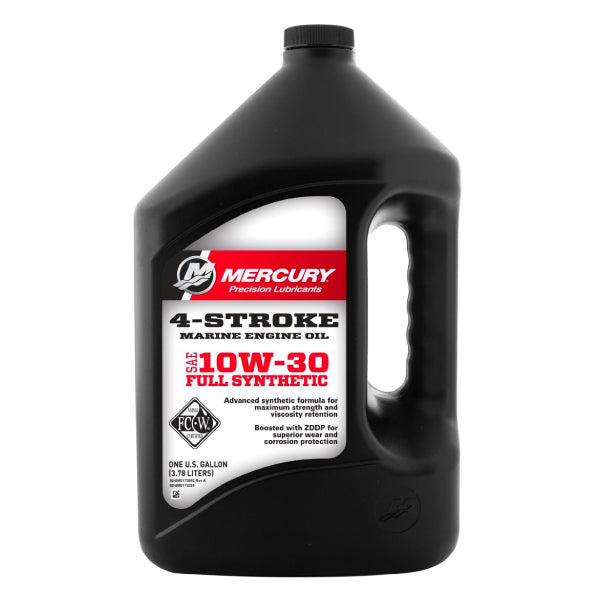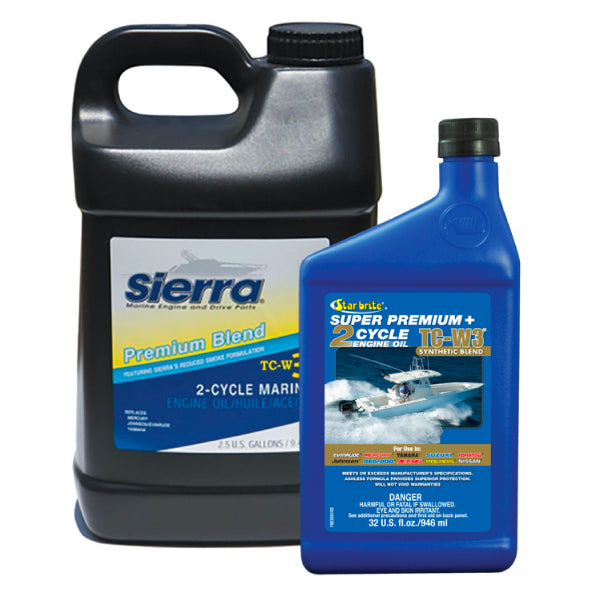You’ve enjoyed a full day out on the water. You might be tired and relaxed, but there is still some boat maintenance you need to do to ensure your boat is ready to take on the next adventure.
Regular boat maintenance is essential for several reasons. Not only does it keep your boat running longer and minimizes major maintenance expenses, but it’s also a safety concern. According to the U.S. Coast Guard, machinery failure is the sixth most common cause of on-the-water accidents.
To keep your boat out of the shop and on the water longer, here’s a general checklist boaters should keep in mind following a day on the water.
Inspect your gauges
Your after-every-outing maintenance checklist actually begins before you complete your trip. As you’re heading back to the dock, inspect your gauges to ensure they’re all working, and your engine is functioning normally.
Specifically, you’ll want to check the following:
- Engine operating temperature
- Oil pressure
- Battery amps
You don’t want any surprises the next time you fire up the engine, so make sure everything is working properly before you tie up at the dock.

Look over the hull for potential problems
Was that just a rough wake you hit, or was there something a bit harder beneath the waves?
The first thing you should do upon your return to the dock is look at your boat’s hull. Scan the sides and bottom (if you can) for signs of damage or wear. The goal is to catch minor issues quickly, so they don’t turn into larger and more expensive problems in the future.
Fortunately, if you spot damage, it may be a quick fix. Gator Guard‘s Gator Patches repair and protect kayaks, canoes, and boats with fiberglass, aluminum, and plastic surfaces. They cure in under an hour with UV light. And, they’re paintable, moldable, and permanent.
They come in multiple sizes, including 3″ x 6″, 6″ x 9″, and 9″ x 12″, and can be cut down to size for smaller fixes.
Check the prop and skeg
If you want your boat to perform, your propeller must be in good condition. As you’re doing your hull inspection, look at your prop and skeg to ensure there aren’t any dents, dings, scratches, or bends. You can also perform this step topside by bringing your outboard out of the water and looking down off the back (stern).
Discover that you need to replace your prop or prop hardware? Head to PartsVu.com for our wide assortment of Yamaha, Mercury outboard, MerCruiser, and Suzuki OEM boat propellers, as well as a broad assortment of aftermarket props.
Look over transom mounting bolts
You don’t want your engine to take off on a solo adventure! Take a moment during your exterior inspection to make sure your transom mounting bolts and/or jack plate bolts (if you have them) are secure and in good condition.
Check the oil (add or replace if necessary)
Every great boat maintenance checklist includes checking the oil. Following your outer inspection (let the engine settle a bit), find your dipstick and check your engine’s oil. Even if you checked it before you left the dock, as you should, you never know if you burned up any oil on the trip — which could indicate a deeper problem.
If your oil looks a bit low, obviously add some more to keep your engine nice and protected. And if it seems overly dirty, it might be time for a change.
You can’t overcheck your oil, so get into the habit of heading for the dipstick every time you get back to the dock.
Take a peek at your upholstery, canvas, and deck
What were your passengers up to while you were enjoying yourself on the water? They could have been jumping on your nice, clean seats, for all you know!
Leaving dirt, mud, and other substances on your upholstery, canvas, and deck for extended periods causes the stains to set in. They’ll be even harder to clean next time you go out, so it’s best to check and clean your boat’s interior every time you arrive back at the dock.
Give the exterior a scrub down
Yes, a shiny boat can be the envy of the marina. But keeping your boat nice and clean does more than just boost your ability to brag; it can protect your boat from rust and erosion.
Every time you return to the dock, use your favorite marine cleaning products to quickly scrub down your boat’s exterior. This will remove any harmful tagalongs that might have hitched a ride during your day’s adventures.
Cleaning the exterior of your boat is especially important if you plan to travel between waterways. You don’t want to spread any invasive plants and species.
Check ropes, chains, and anchors
You might be finished with your adventures on the water for the day, but is your boat? Make sure your vessel doesn’t float away while you’re spending time ashore by checking your dock line, fender line, and anchor rode/rope after every outing. You’d be surprised how expensive a dry-rotted stern line can be.
Flush your engine (especially in saltwater)
Saltwater can be incredibly damaging to your engine’s internal mechanisms. After each outing, flush your engine with fresh water to clear out all that scale and salt residue.
Regular engine flushing using a high-quality salt remover, like Salt Off, can massively increase your engine’s longevity by keeping all the cooling passages nice and clear and preventing saltwater corrosion.
Although a good engine flush is essential for anyone boating in saltwater, it’s also a good idea for freshwater boaters. You might not have salt deposits, but you might have plenty of dirt, mud, and silt stuck in there. It’s best just to take the time and flush your engine after each trip.
Proper boat maintenance after every trip
Your boat works hard for you. Don’t you think your boat deserves a little pampering? After every outing, take care of these essential maintenance tasks. You can enjoy many years cruising the water together with a little bit of care and attention. PartsVu is here to provide all the boat parts and products you need!




























1 comment
I’m delighted you emphasized that maintaining a clean boat may shield it from corrosion and erosion in addition to giving you more reason to boast. Recently, when my dad looked over his boat, he found that the battery had some minor damage. I’ll advise him to acquire a new battery for the boat before his subsequent outing to make sure it runs correctly and safely.